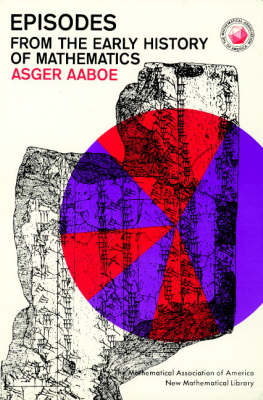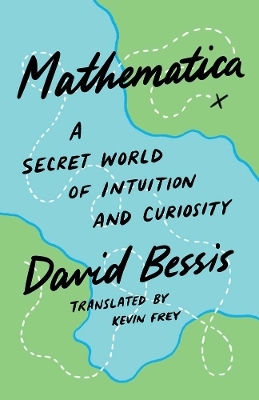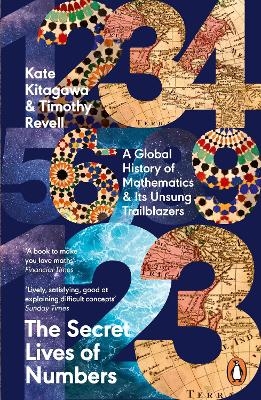
Episodes from the Early History of Mathematics
Seiten
1997
Mathematical Association of America (Verlag)
978-0-88385-613-0 (ISBN)
Mathematical Association of America (Verlag)
978-0-88385-613-0 (ISBN)
- Keine Verlagsinformationen verfügbar
- Artikel merken
Among other things, Aaboe shows us how the Babylonians did calculations, how Euclid proved that there are infinitely many primes, how Ptolemy constructed a trigonometric table in his Almagest, and how Archimedes trisected the angle.
Professor Aaboe gives here the reader a feeling for the universality of important mathematics, putting each chosen topic into its proper setting, thus bringing out the continuity and cumulative nature of mathematical knowledge. The material he selects is mathematically elementary, yet exhibits the depth that is characteristic of truly great thought patterns in all ages. The success of this exposition is due to the author's unique approach to his subject. He wisely refrains from attempting a general survey of mathematics in antiquity, but selects, instead, a few representative items that he can treat in detail. He describes Babylonian mathematics as revealed from cuneiform texts discovered only recently, as well as more familiar topics developed by the Greeks. Although each chapter can be read as a separate unit, there are many connecting threads. Aaboe stays as close to the original texts as is comfortable for a modern reader, and the bibliography enables the interested student to delve more deeply into any aspect of ancient mathematics that catches his or her fancy.
Professor Aaboe gives here the reader a feeling for the universality of important mathematics, putting each chosen topic into its proper setting, thus bringing out the continuity and cumulative nature of mathematical knowledge. The material he selects is mathematically elementary, yet exhibits the depth that is characteristic of truly great thought patterns in all ages. The success of this exposition is due to the author's unique approach to his subject. He wisely refrains from attempting a general survey of mathematics in antiquity, but selects, instead, a few representative items that he can treat in detail. He describes Babylonian mathematics as revealed from cuneiform texts discovered only recently, as well as more familiar topics developed by the Greeks. Although each chapter can be read as a separate unit, there are many connecting threads. Aaboe stays as close to the original texts as is comfortable for a modern reader, and the bibliography enables the interested student to delve more deeply into any aspect of ancient mathematics that catches his or her fancy.
Asger Aaboe received his PhD degree from Brown University in 1957. He taught mathematics at Washington University in St. Louis, at Tufts University and at Birkerod Statsskole in Denmark. Aaboe went on to be Associate Professor of Mathematics and History of Science at Yale University.
1. Babylonian mathematics; 2. Early Greek mathematics and Euclid's construction of the regular pentagon; 3. Three samples of Archimedean mathematics; 4. Ptolemy's construction of a trigonometric table.
| Erscheint lt. Verlag | 7.8.1997 |
|---|---|
| Reihe/Serie | Anneli Lax New Mathematical Library |
| Zusatzinfo | Worked examples or Exercises |
| Verlagsort | Washington |
| Sprache | englisch |
| Maße | 153 x 229 mm |
| Gewicht | 200 g |
| Themenwelt | Mathematik / Informatik ► Mathematik ► Geschichte der Mathematik |
| ISBN-10 | 0-88385-613-1 / 0883856131 |
| ISBN-13 | 978-0-88385-613-0 / 9780883856130 |
| Zustand | Neuware |
| Haben Sie eine Frage zum Produkt? |
Mehr entdecken
aus dem Bereich
aus dem Bereich
a secret world of intuition and curiosity
Buch | Hardcover (2024)
Yale University Press (Verlag)
32,70 €
a global history of Mathematics & its Unsung Trailblazers
Buch | Softcover (2024)
Penguin Books Ltd (Verlag)
16,20 €
Das Jahrhundert, in dem die Mathematik sich neu erfand. 1870-1970
Buch | Hardcover (2022)
Heyne (Verlag)
22,00 €


